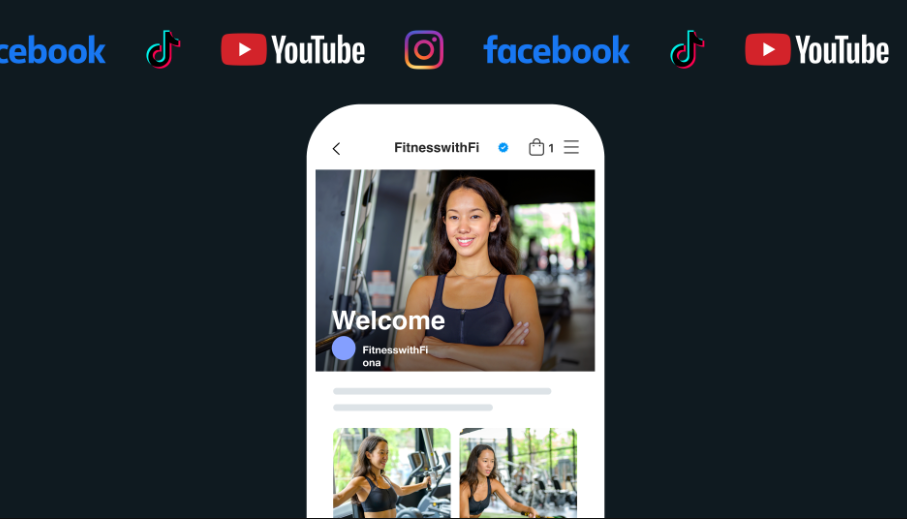Exploring the Collaborative Features of Video Creator Platforms

Introduction:
In the digital age, video content has become increasingly popular, with countless creators sharing their work online. Video creator platforms have emerged as a vital hub for creative individuals and teams to collaborate, showcase their talent, and engage with a global audience. These platforms not only offer a space for content creation but also provide a range of collaborative features that enhance the creative process and foster teamwork. In this blog, we will delve into the collaborative features of video creator platforms and how they revolutionize the way creators work together.
-
Real-time Collaboration: One of the most significant advancements in video creator platforms is the ability to collaborate in real-time. Through cloud-based editing tools, multiple creators can work simultaneously on a video project, regardless of their physical location. Real-time collaboration enables instant feedback, seamless integration of ideas, and efficient teamwork. It eliminates the need for sending large files back and forth, saving time and ensuring a smoother workflow.
-
Commenting and Feedback: Video creator platforms offer commenting and feedback features that facilitate collaboration and communication among team members. Creators can leave comments at specific timestamps within a video, highlighting areas that need improvement or suggesting creative ideas. This interactive feedback loop enables continuous refinement and enhances the overall quality of the content. Additionally, creators can engage with their audience through comments, fostering a sense of community and encouraging user participation.
-
Version Control and Editing History: Collaborative video platforms often provide version control and editing history functionalities. These features allow creators to track changes made by team members, revert to previous versions if needed, and maintain a clear record of the editing process. Version control ensures that everyone involved in the project is working on the latest iteration and minimizes the risk of conflicting changes. This feature also proves beneficial when multiple creators are working on different sections of a video and need to merge their contributions seamlessly.
-
Asset Sharing and Library Management: Video creator platforms typically offer robust asset sharing and library management features. Creators can upload and organize their media assets, including videos, images, music, and effects, in a central library accessible to the entire team. This streamlined asset management system promotes efficient collaboration by ensuring that all team members have access to the necessary resources. It also allows creators to maintain consistency in branding, style, and tone across multiple projects.
-
Project Management and Task Assignment: Effective collaboration requires proper project management and task assignment. Many video creator platforms include project management tools that enable creators to break down the workflow into tasks, assign responsibilities, set deadlines, and track progress. These features enhance team coordination, improve time management, and ensure that projects are completed on schedule. With task assignment and project management functionalities, creators can focus on their specific roles, collaborate seamlessly, and achieve better outcomes.
Conclusion:

The collaborative features of video creator platforms have revolutionized the way creators work together, enhancing their productivity, creativity, and overall output quality. Real-time collaboration, commenting and feedback, version control, asset sharing, and project management tools have become indispensable for content creators seeking to maximize their potential. As these platforms continue to evolve, we can expect even more innovative features that facilitate seamless collaboration and drive the growth of the vibrant online video creator community.


 by Admin
by Admin





